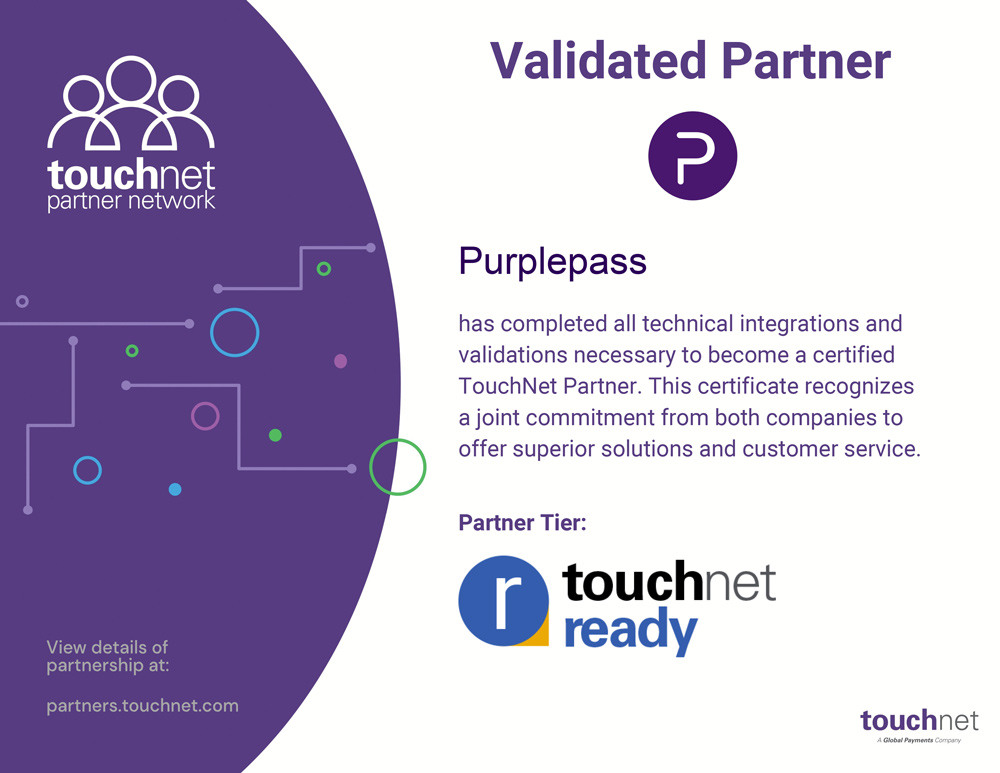Understanding Cost Codes and Their Integration with TouchNet for Universities
In the realm of university finance and event management, accurate tracking and budget management are crucial. One powerful tool that aids in this process is the use of accounting cost codes. These codes, when integrated with systems like TouchNet, provide universities with enhanced capabilities for financial tracking and budget management.
In this blog, we’ll delve into what cost codes are, how they work, and the benefits of their integration with TouchNet.
What Are Cost Codes?
Cost codes are specific identifiers used in accounting to allocate costs to particular activities, projects, departments, or events. They serve as a systematic method to categorize and track expenses, ensuring that every dollar spent can be attributed to the correct source.
Key Features of Cost Codes:
- Unique Identification: Each code is unique, representing a specific cost center.
- Categorization: Codes can represent various categories such as department, project, event, or expense type.
- Tracking and Reporting: Facilitate detailed financial tracking and reporting.
How Do Cost Codes Work?
Cost codes function by associating each expense with a designated code. For example, an expense incurred for a university seminar can be tagged with a cost code specific to that event. This method allows for:
- Detailed Expense Tracking: Enables tracking of all expenses related to a specific event or department.
- Accurate Budget Management: Helps in comparing budgeted vs. actual expenses, aiding in better financial planning.
- Enhanced Reporting: Provides detailed financial reports that help in auditing and financial analysis.
The Role of TouchNet Integration
TouchNet, a robust event and payment management system, further enhances the utility of cost codes by integrating them into its platform. This integration offers several advantages:
Streamlined Event Management:
Automatically links specific cost codes to events, reducing manual entry and errors. Combines event management and financial tracking in a single platform, simplifying processes.Enhanced Financial Tracking:
Provides real-time tracking of expenses associated with events. Generates comprehensive financial reports that include cost code-specific data.Improved Budget Management:
Assists in accurate budget forecasting and planning for future events. Ensures efficient allocation of resources and funds to different cost centers.

Benefits of Using Cost Codes with TouchNet
- Efficiency: Reduces the time and effort required to manually track and allocate expenses.
- Accuracy: Minimizes errors in financial tracking and reporting.
- Transparency: Increases transparency in financial management, aiding in audits and financial reviews.
- Control: Provides better control over budgets and expenses, ensuring that funds are used effectively.
For universities looking to implement cost codes with TouchNet, here are some tips:
- Define Clear Codes: Ensure that each cost code is well-defined and easily identifiable.
- Train Staff: Provide training to staff on the importance and use of cost codes.
- Regular Reviews: Conduct regular reviews of cost code allocations and financial reports.
- Integrate Systems: Ensure seamless integration between your financial systems and TouchNet.
The integration of accounting cost codes with TouchNet offers universities a powerful tool for enhancing financial tracking and budget management. By understanding how cost codes work and leveraging TouchNet’s capabilities, universities can achieve greater efficiency, accuracy, and control over their financial processes. Implementing these systems effectively ensures that every event is financially accountable, leading to better resource management and financial planning.






